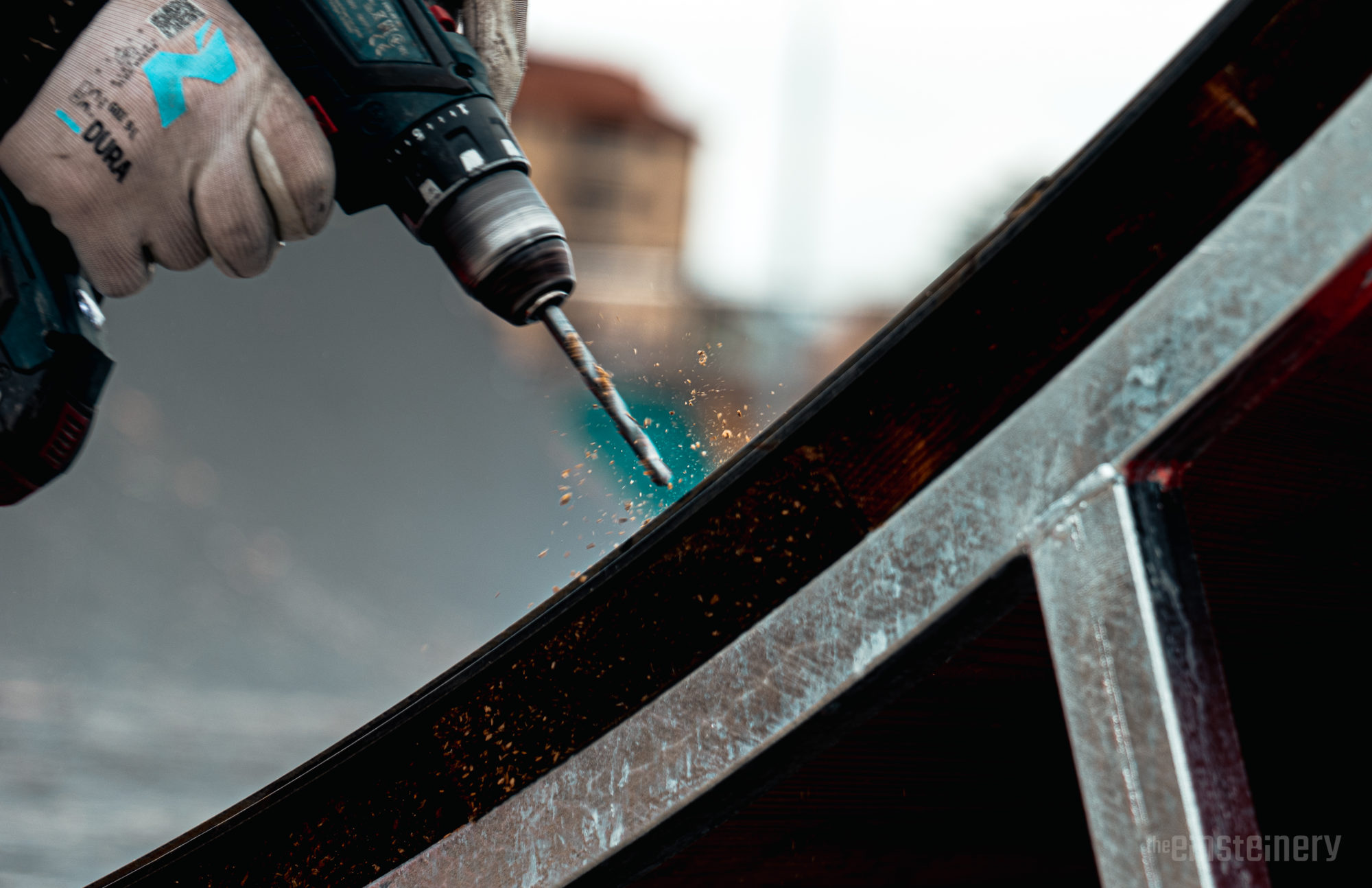Different skills to do it differently!
Here’s a list of the main skills I’ve learned, with quick explanations of how it’s done and why it can be quite different. All those skills work well together and can be added to every project.
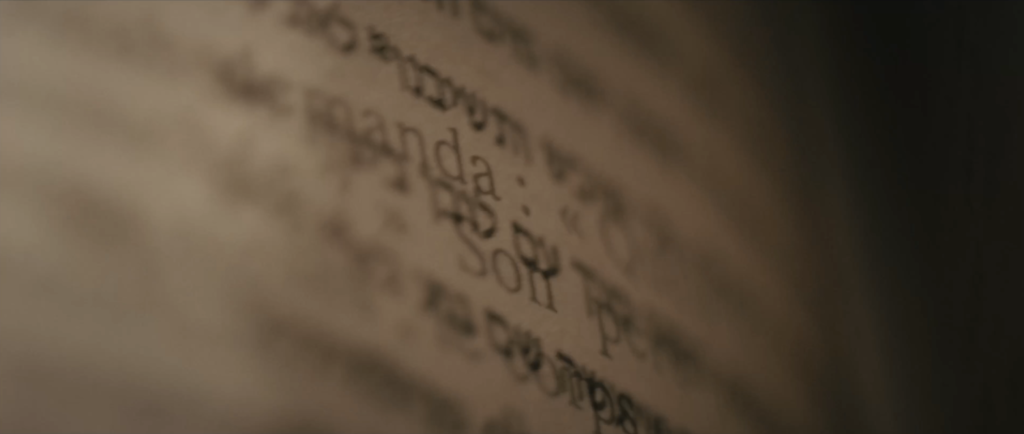
Everything begins with writing, and I use it almost all the time. I do it with my own creations but I also did it for another filmmaker and… people cried.
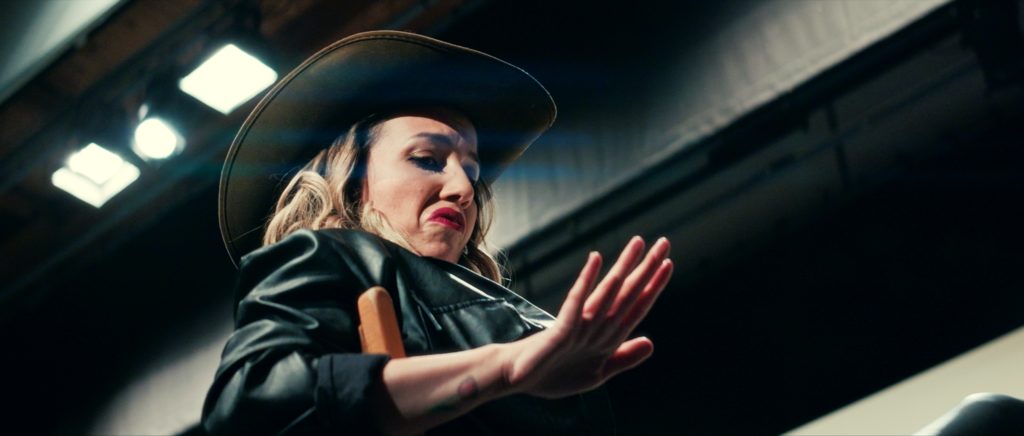
Of course you would expect an audiovisual freelance to do the filming and the post production. But here are explanations of how I work.
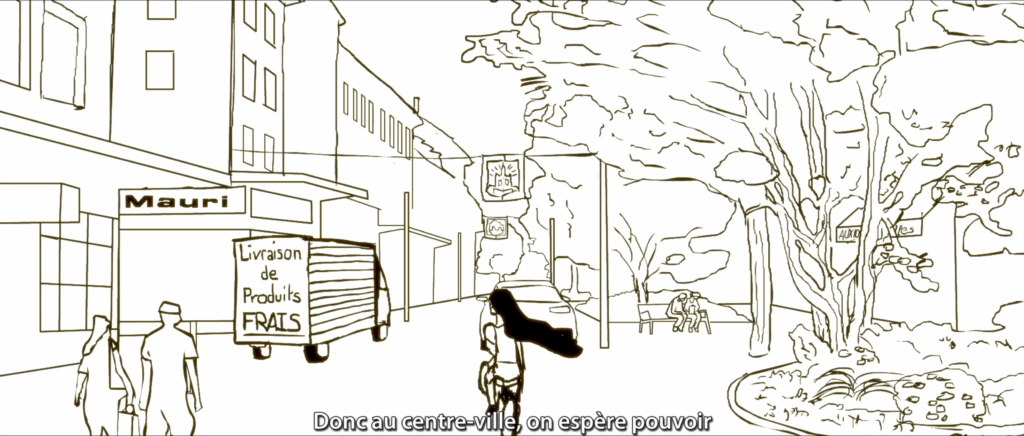
Animation is so time consuming… especially frame by frame animation. But it’s clearly worth it. You can tell anything and put an image to things you can not film.
Pre-production and Voiceover
Writing & pre-production tools
Narration and writing can be subjective, but some people say that I have a kind of a gift for it.
I always said to myself: “Making people laugh with a film is kind of the easy step… I will try to make them cry.”
And that’s what I did with my very first project as a freelance… (still one of my most relevant work) It is encouraging because I think succeeding to share emotions is the main part of storytelling.
Talking about pre-production techniques, I mostly use the storyboard, synopsis and scenario. There are lots of other tools such as treatment, sequencer, etc…. But this would be for a long movie and I always try to think about efficiency. If there are steps that I can skip, I’ll do it.
Storyboard
I use it all the time. The concept is to draw every shot of the story in boxes just like if we would decompose a movie. You can draw the shot if you want, but sometimes some describing words are enough.
We can plan what we want and also think about the transitions.
Synopsis
Synopsis is basically writing the global ideas of your story, the characters and the main actions.
It is very useful to show clients the first directions without having to spend too much time in details.
Scenario
This is where you add the dialogue. You should describe as much as possible of what is happening on the screen and who says what. It is a great tool because, if done well, you’ll be able to time your story.
1 page of scenario equals around 1 minute of film.
Voiceover
I do voice-overs in French or English.
If you want, you can discover it in most of my works. This is kind of my “imprint”.
When I do it with my voice, it is kind of easier because I wrote the text and know how I want it to be interpreted. But I can also work with other people that come along to record their voices.
This is what we did in this project:
This theatre group is one that I’m a part of and it gave me the “comedian experience” to do voice-over. This leads us to the next theme.
Directing and acting experience
I’m in a theatre group that produces a pretty huge spectacle every 3 years. It is called a “Revue” and it’s basically humourous sketches that parody the local and world news.
There, I learned acting, singing, directing and some writing.
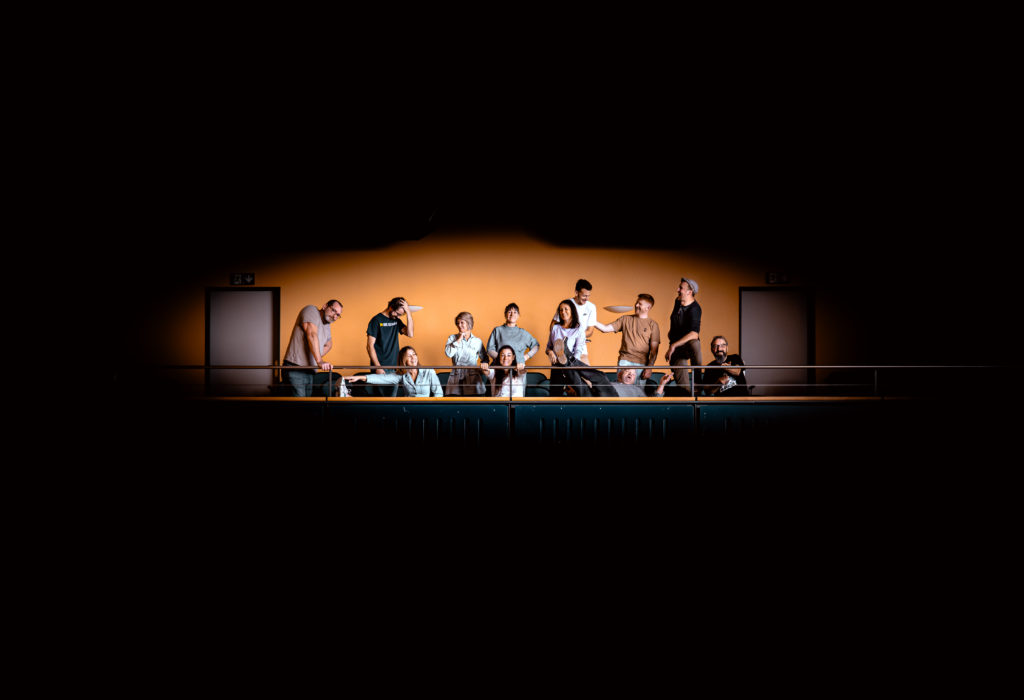
Unfortunately, this year my timetable did not allow me to be a comedian, with my two brothers doing their “first time”. But I had the chance to write sketches and be the assistant of direction. And I’m going to be the head director in 2027!
All of this offers me great experience and gives me the ability to be directing a set and do some acting.
A good example of it was the web-series we made for Le Maréchal cheese.
I was behind and it front of the camera at the same time, doing quite everything. It was a great experience but… never again.
During this project, I also invented a concept that I want to explore deeper when I’ll get the time: STH, Series where you are The Heroes
Filming and post-production
Techniques and gear
Anamorphic lenses
Anamorphic lenses give you that “cinematic look”. Beautiful imperfections and the horizontal flares you can see on light sources.
It captures squeezed images that you have to “desqueeze” in post-production. And you get a wider image! That is why there are those black borders at the top and bottom.
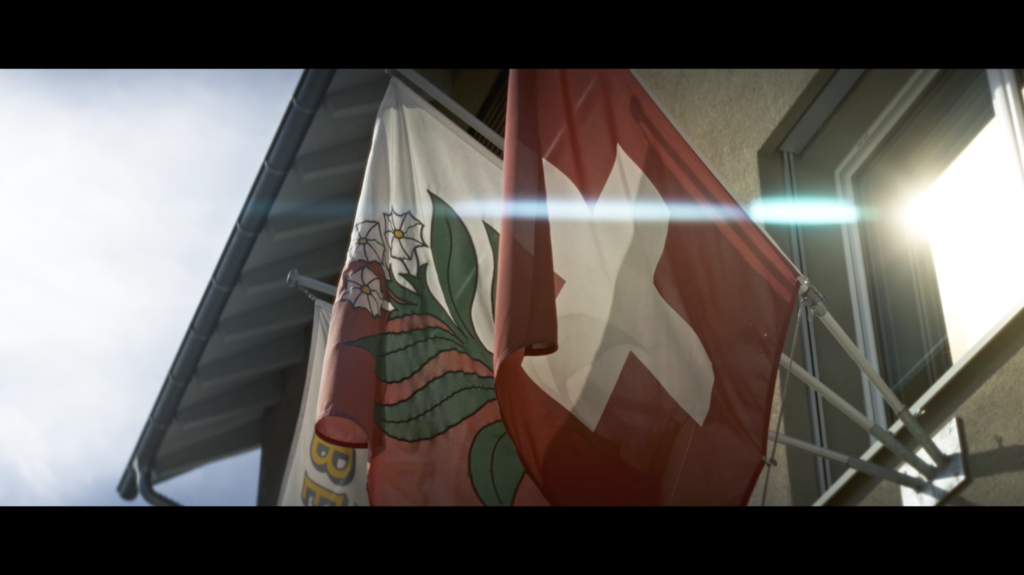
Anamorphic lenses were used in cinema at the time television kept people “away” from theatres. It is why our eye refers to it as being “cinematic”.
Drone shots
This is not a big surprise, almost anyone can use a drone now.
No matter the weight, if the drone can capture images, we need a licence.
And then it’s just training, going at the right speed and avoid the “disturbing shakes” you can make while piloting.
Fun fact: It looks like I hired the pigeons for an acting performance but actually I think they were just trying to attack my drone.
Sometimes luck also counts, but you have to make it happen.
When I saw the morning sun coming through the fog, I immediately thought that it would give amazing shots. Absolutely no regret.
Filming
I mostly shoot “hand-taken camera” or on a tripod.
I don’t really like the gimbal. For me, the shots feel too “robotic and unrealistic”. Furthermore, little shakes and camera movements really help me for transitions.
You can add movement while shooting, but it isn’t always the best choice. Fixed shots are so beautiful…
Simple rule we learn at school : “If the subject moves, you don’t have to move. If not or if there’s no subject, then you can add movement.”
If you move while the subject moves, it can work really well and add a lot of dynamism, but you really have to follow the subject or our eye will be lost not knowing where to watch.
Post-production
Sound design
« The sound has to tell another story. »
That’s what another teacher on mine once said.
It is not just emphasising your story, it can say something more. Give an ambience and depth to things we don’t even see in the shot.
Why is it important? Simply because of our senses. The hearing is way more sensible than the vision. So if something sounds bad, your ear will directly alarm your brain. And it is quite unpleasant.
That is why sound in general needs to be mastered and of good quality.
Here’s an example of quiet heavy sound design I made.
Music and rhythm
The choice of music is crucial. It gives the primal emotion to your story. Is it sad, thoughtful or agressive? The music can be the main sound source or it can just go with voice-over or interview. I usually have voice-overs so the music is often in the background but in doesn’t mean it is less important. You can still edit on it and cut on music drops.
Using all of this, we can come to the real point : RHYTHM ! This is where the magic of editing happens.
So that the audience doesn’t get bored, I usually vary the global rhythm of editing making music pauses with long shots for exemple. And then go very quickly to wake everything up.
To help me in this process I use Epidemic Sound.
There’s many audio banks, but it’s power is that we can have the split version of songs. You choose only the bass, the melody and so on… This goes well with the changes of dynamism I want to create.
Softwares
Adobe suite: For editing and animation (Premier pro, After effects, Audition, Lightroom, Animate, …)
Davinci Resolve: For color grading
Animation
Frame by frame animation
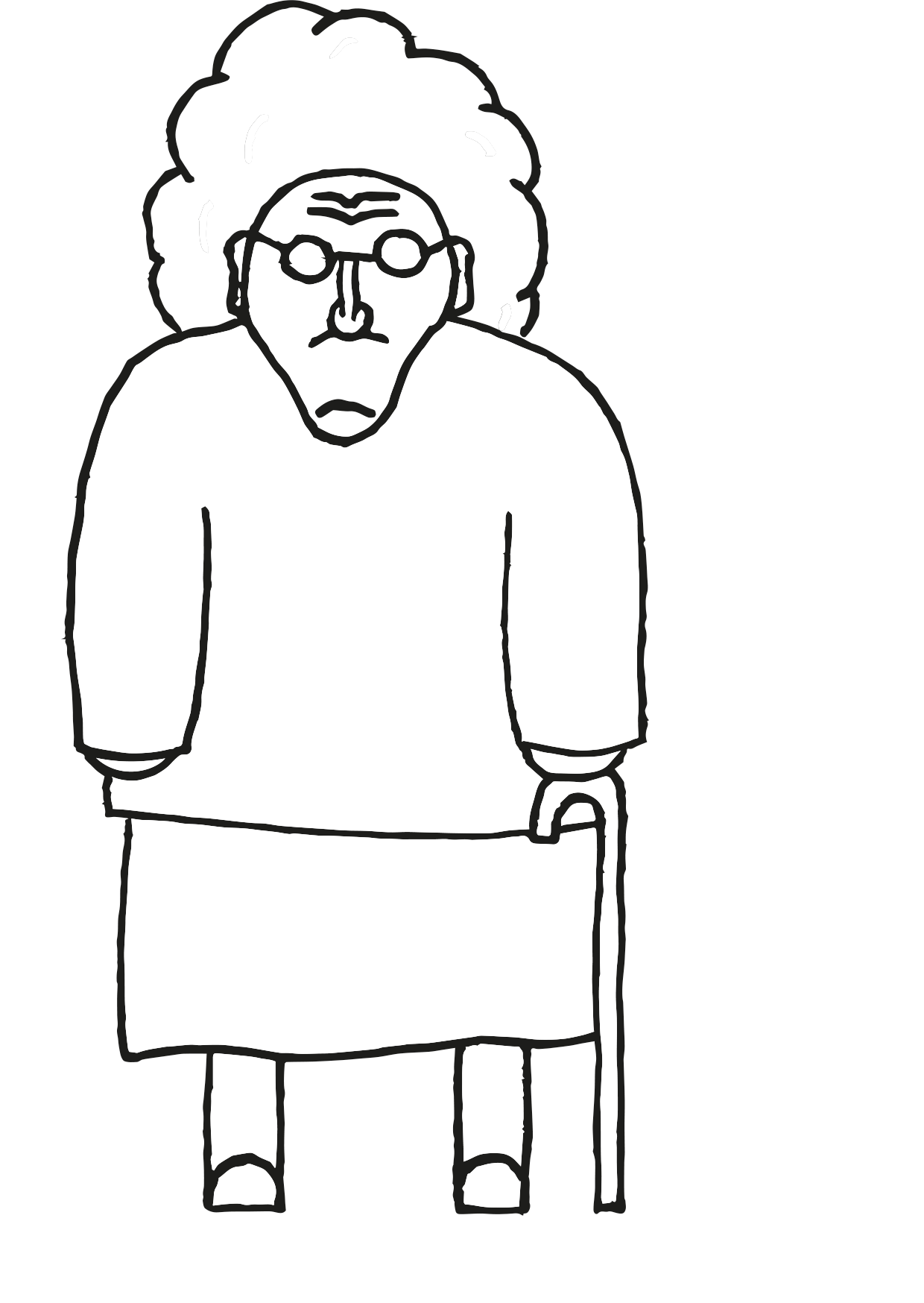
Frame by frame animation is what you have in mind, thinking about Disney or Japanese Anime.
It’s the most time consuming thing I every did, and you have to be absolutely passionate to do it (which unfortunately I am…). But it is also, in my opinion, one of the most beautiful art in the world.
It really demands a full comprehension of physics, body languages and facial expressions. It demands also drawing skills (which I don’t have) and a lot of imagination.
I’m still learning it so I don’t have anything finalised enough to share. But I’m actually working on a “full animated” movie project for a client and I can’t wait to share it with you!
Motion design
Motion Design is the name given to animation that doesn’t “speak”.
There could be characters, but they don’t speak. This can be for example logo animation, graphics evolutions and other things we add to make things clearer.
Think. Write. Create.
I still hope this presentation gives you a good glimpse of who I am and what I do. If you think I may help you with any creation, feel free to reach out !

